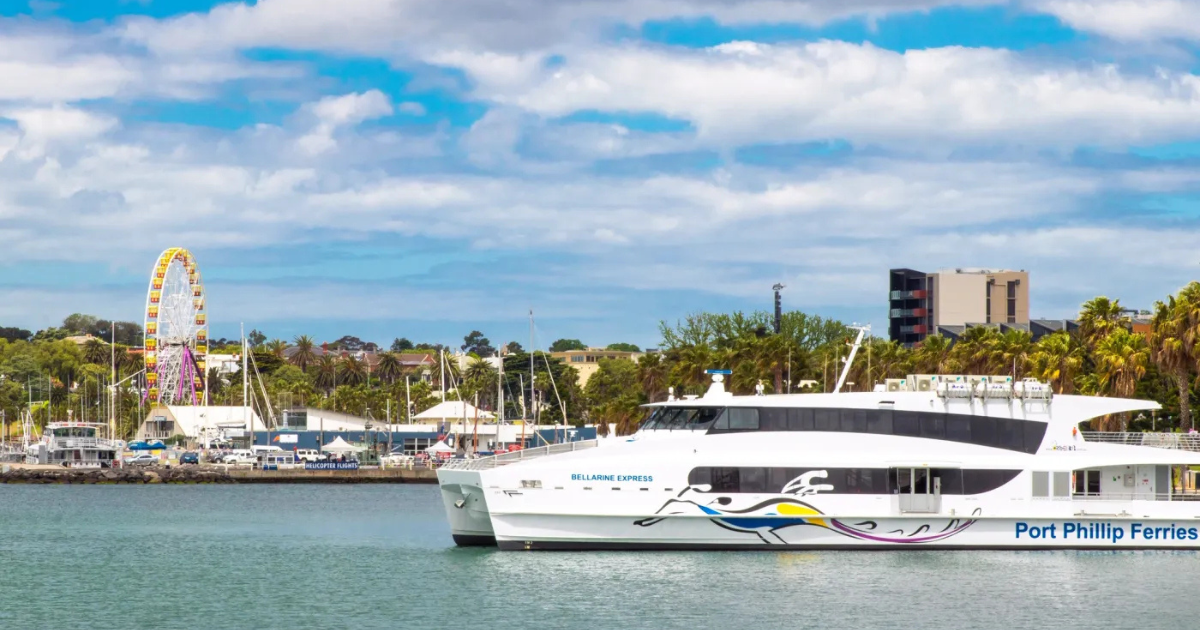Victoria’s summer drowning toll rises, sparking safety warnings

Vigilant lifesavers patrol the coast as summer drownings prompt urgent water safety warnings. Photo: SUPPLIED
SIX people died in Australian waterways over the weekend, pushing the summer toll to 32 and sparking renewed calls for water safety.
A rip at Western Australia’s Conspicuous Cliff beach claimed a husband and wife on Saturday as they tried to save their daughter. Despite rescue efforts, both drowned.
On the same day, a man drowned in Shell Cove, north of Kiama in New South Wales.
On Sunday, three more tragedies unfolded. A 38-year-old father drowned at Tasmania’s Carlton Beach while rescuing his four children, who were saved by lifesavers. In Canberra’s south, a 21-year-old man drowned in the Murrumbidgee River on Sunday evening.
A sixth person, a 55-year-old man, died after falling from Clamshell Falls, south of Cairns in Queensland. He was in the water for an hour before being rescued and later succumbed to his injuries.
These tragedies follow the Boxing Day death of a man who drowned in Victoria after falling from his kayak near Balnarring Beach on the Mornington Peninsula.
According to Royal Life Saving Society data, one in four summer drowning incidents nationwide occurs between Christmas and New Year, a time with heightened activity around waterways.
“The festive season is a time for relaxing, social gatherings and celebrations, but we know this is the riskiest time to be around water,” Royal Life Saving Australia executive officer Dr Justin Scarr said.
“The dangers are heightened when people travel, visit unfamiliar locations, or celebrate near water, and the risk is highest on public holidays, particularly Christmas Day and Boxing Day, which consistently record the highest drowning rates.”
The 2023–24 financial year saw 54 fatal drownings in Victoria, with Life Saving Victoria identifying unpatrolled and remote locations as the most dangerous. Men over 45 years old remain disproportionately among the victims.
A Life Saving Victoria spokesperson urged swimmers to always remain cautious when around water.
“Always swim between the red and yellow flags at patrolled beaches and never swim alone,” the spokesperson said.
Rip currents remain the number one hazard on Australian beaches, the spokesperson added, urging swimmers to learn how to spot and avoid them and to understand how to escape if caught in one.
Globally, drowning claims around 300,000 lives annually, according to the World Health Organisation.
SLSV’s Beachsafe app and website provide free tools to check beach conditions and find safe swimming locations.
First published Monday, 30 December, 10am; updated Monday, 30 December, 11am.

















